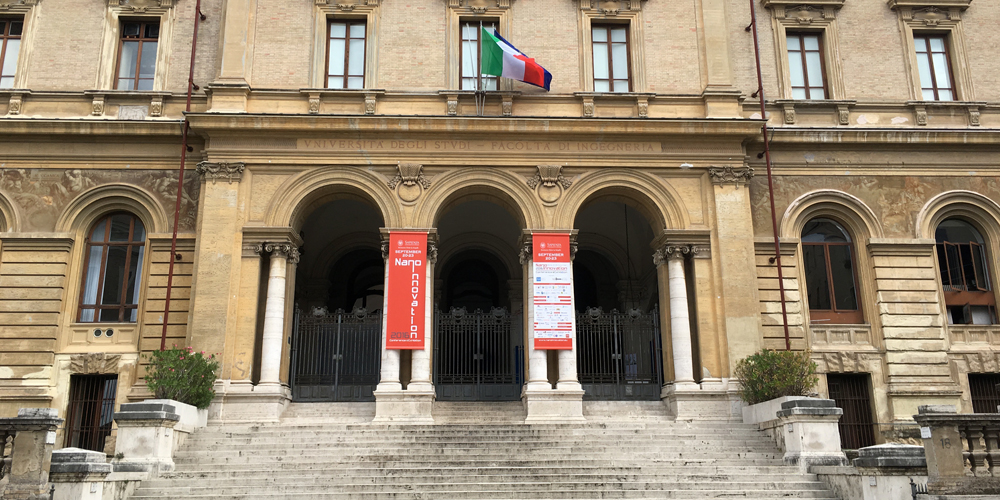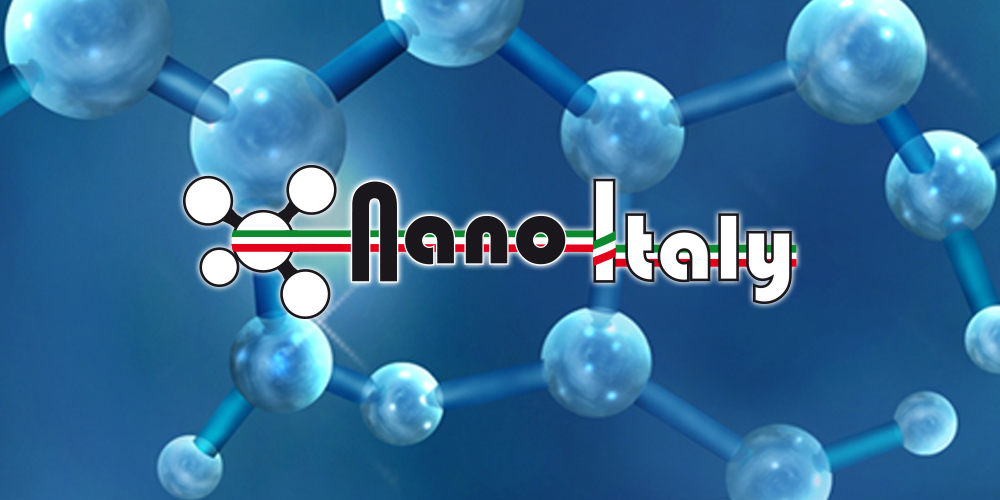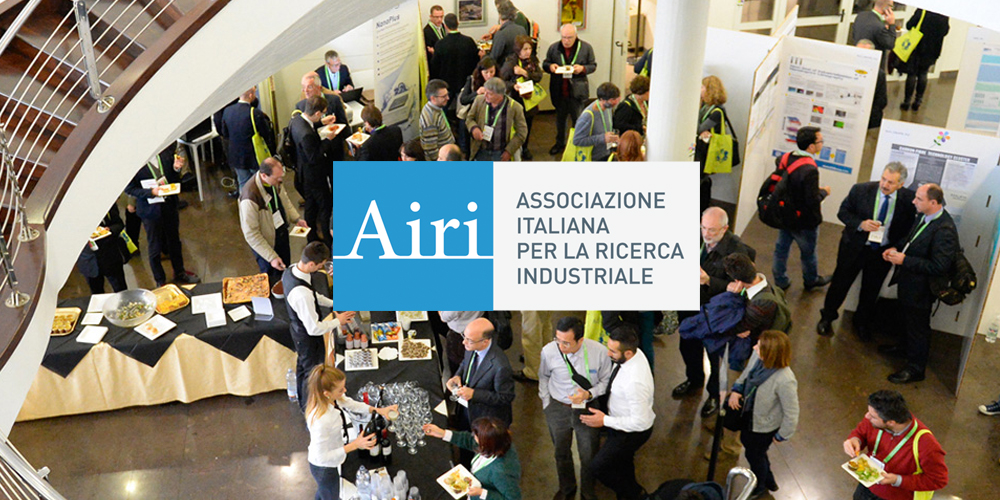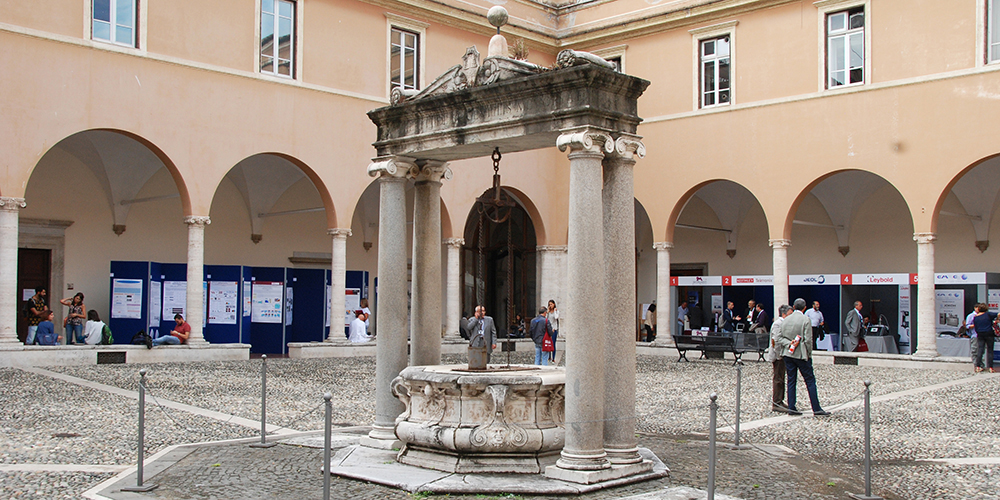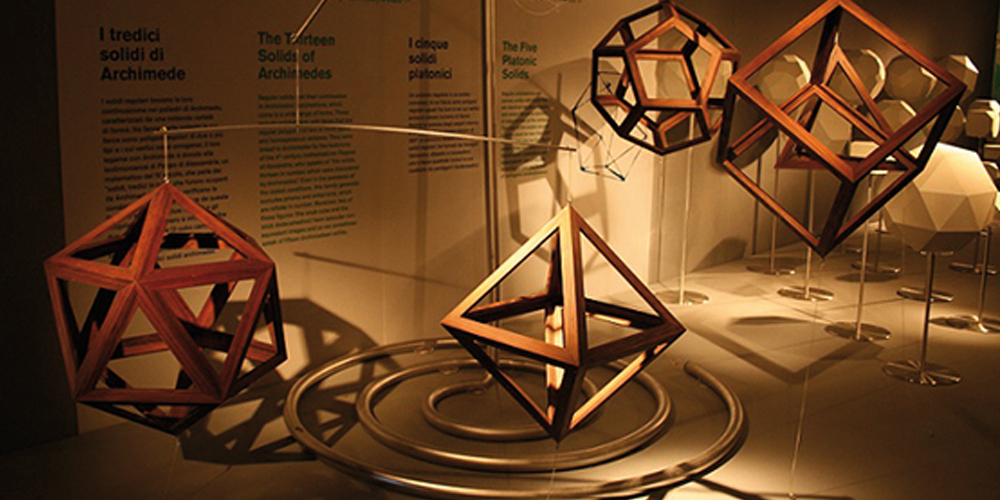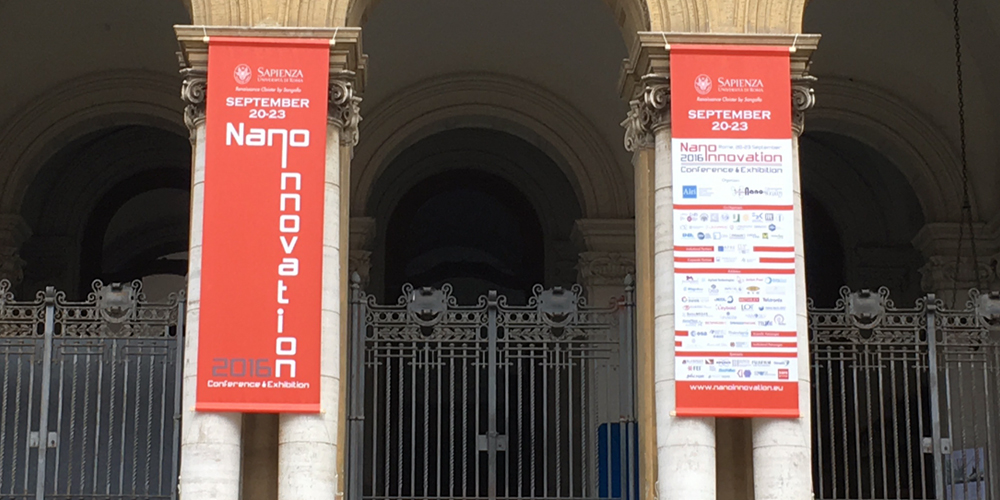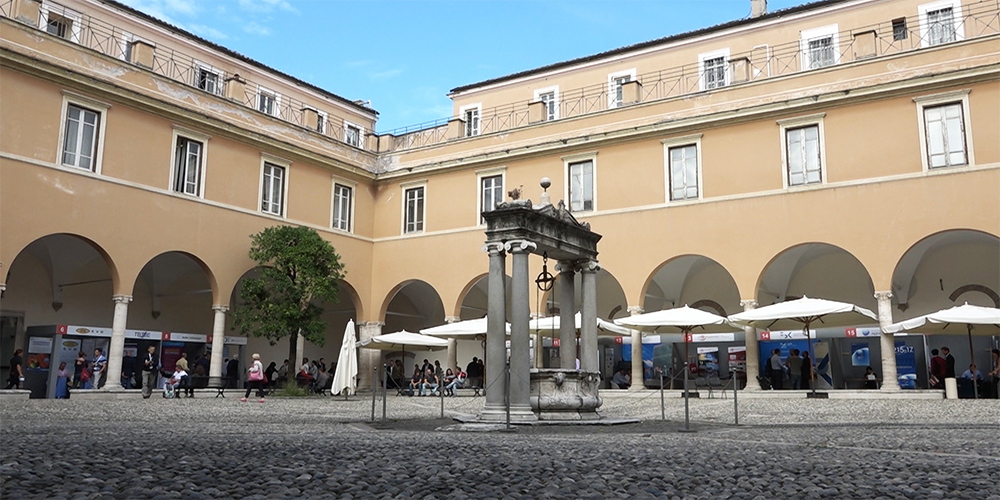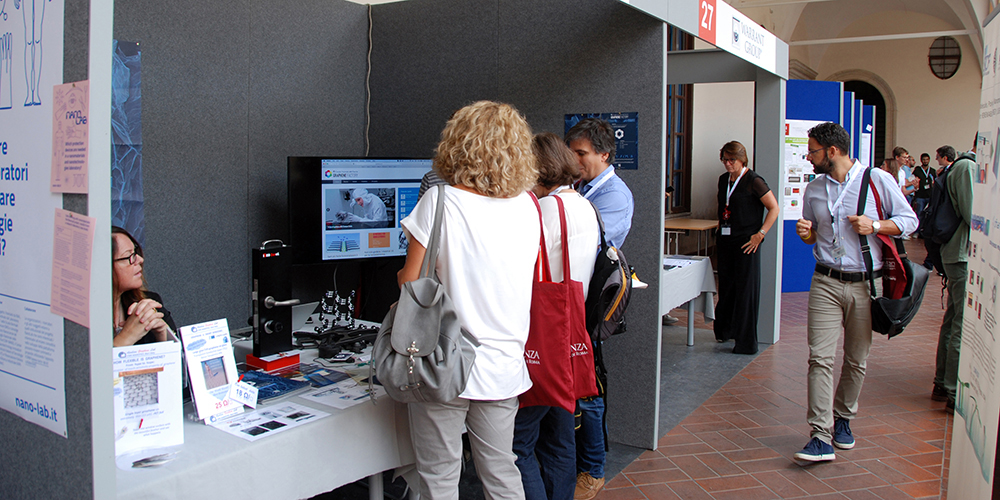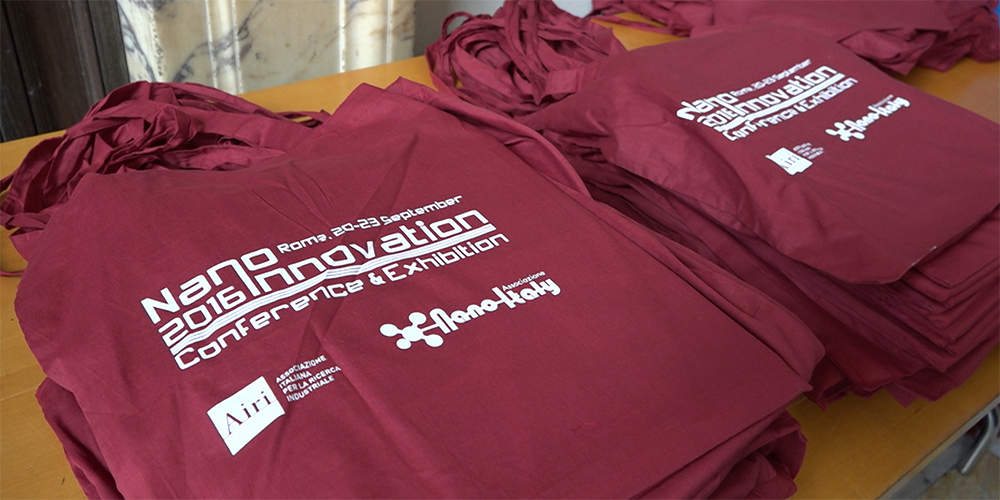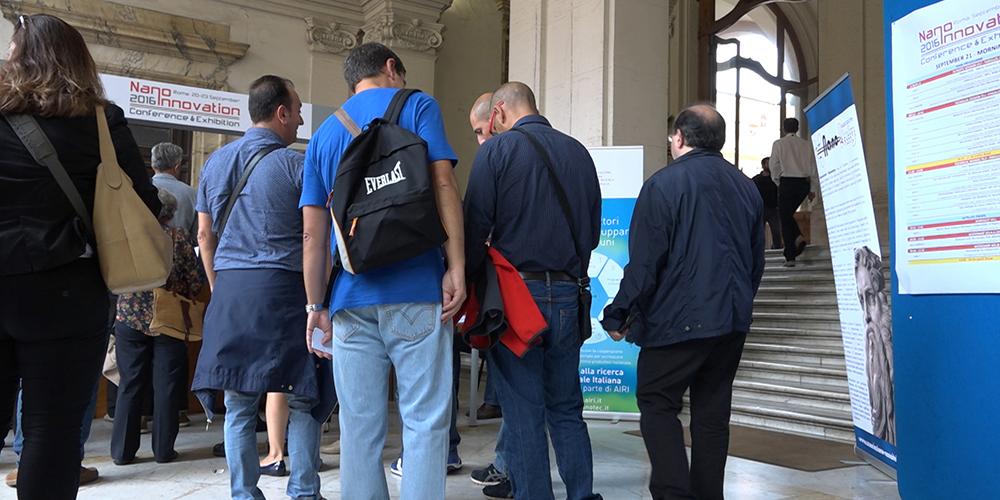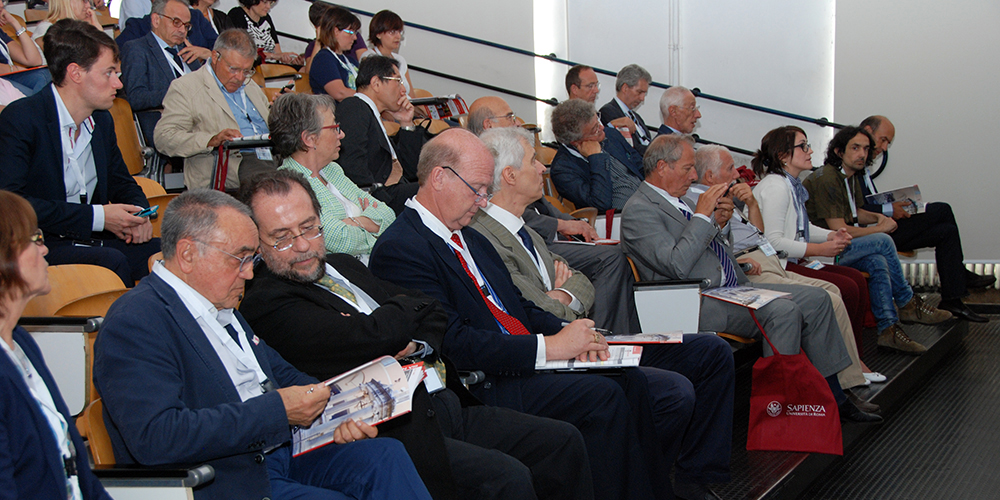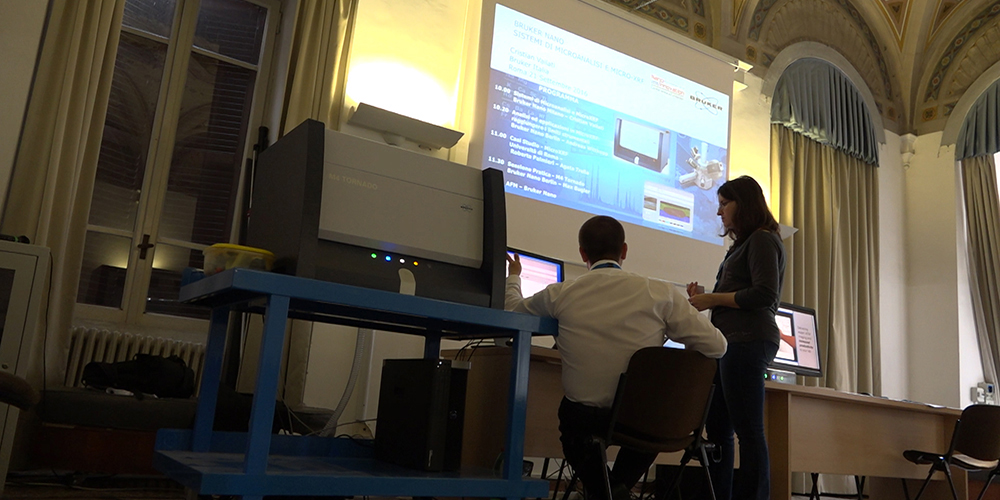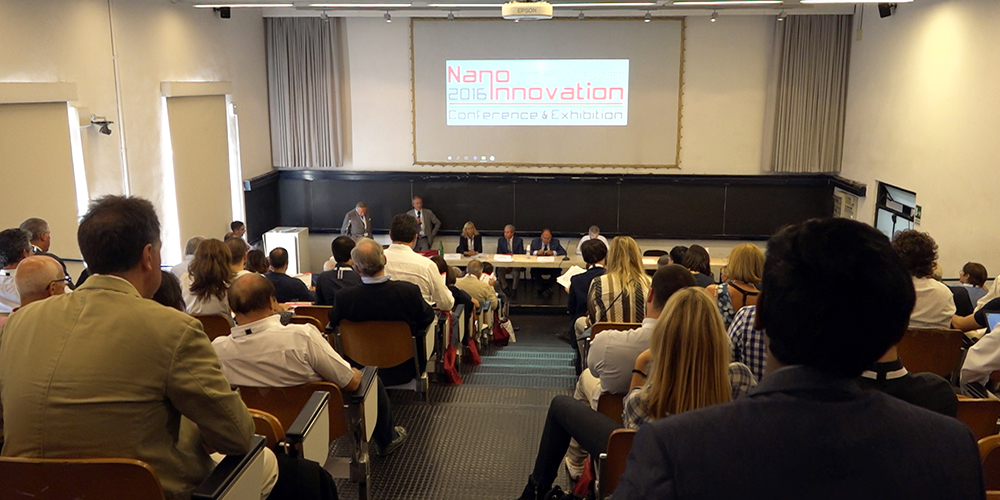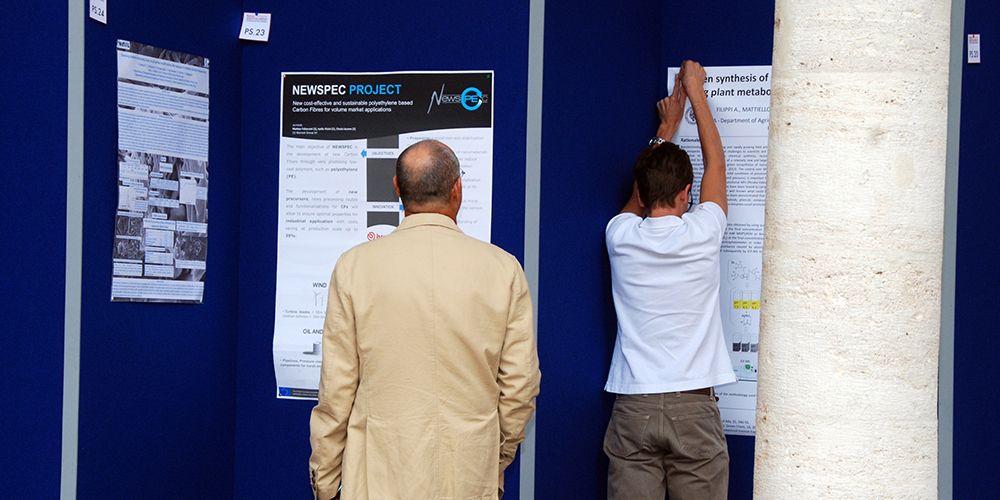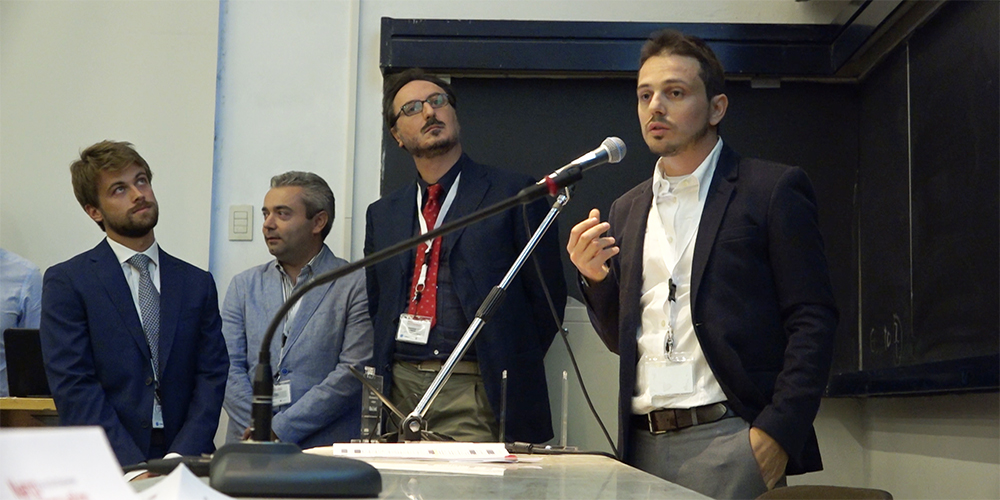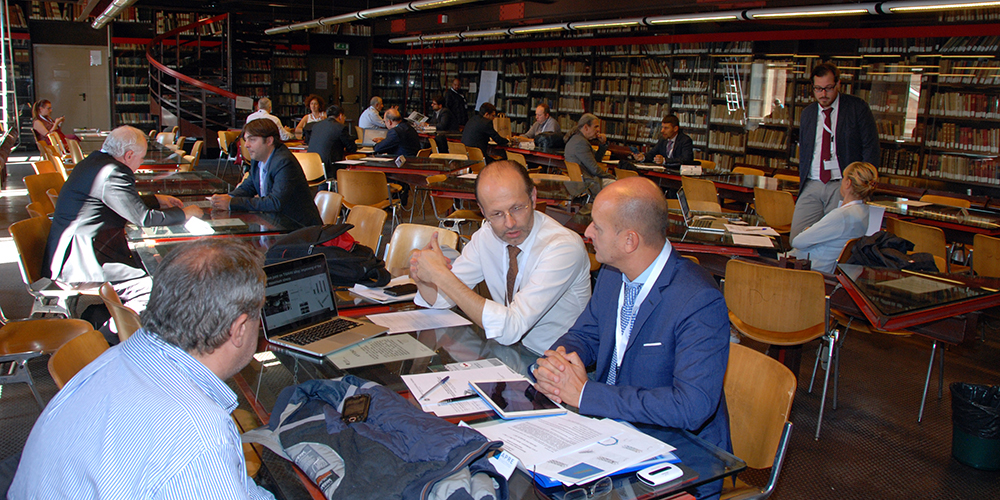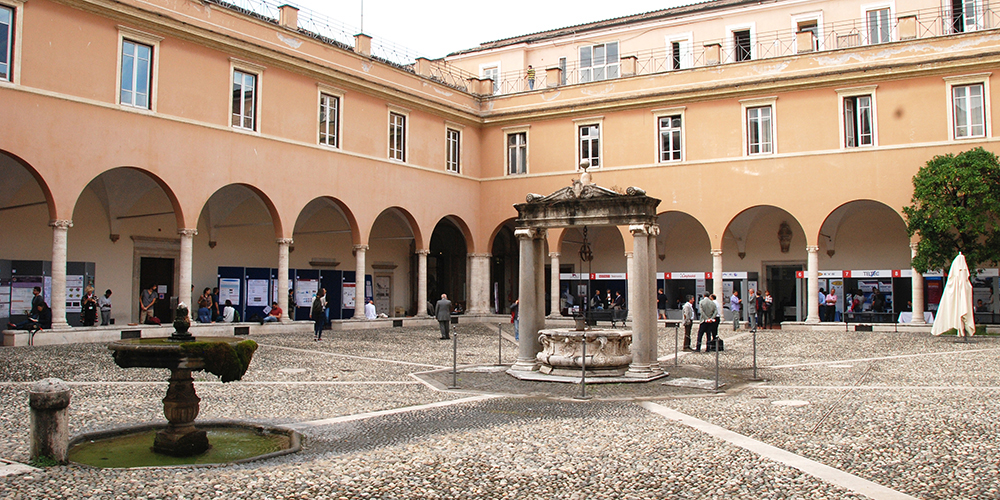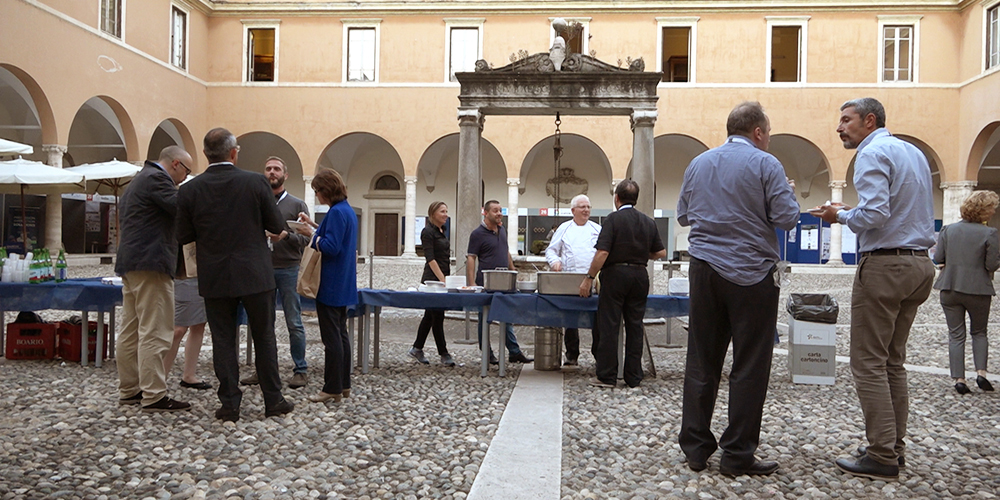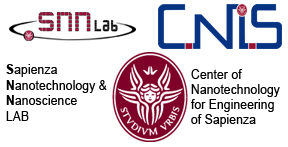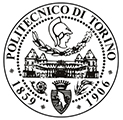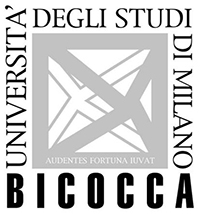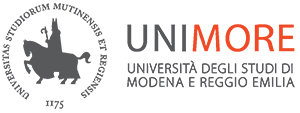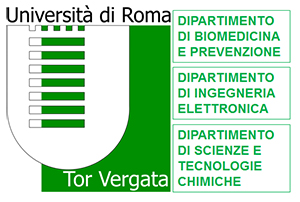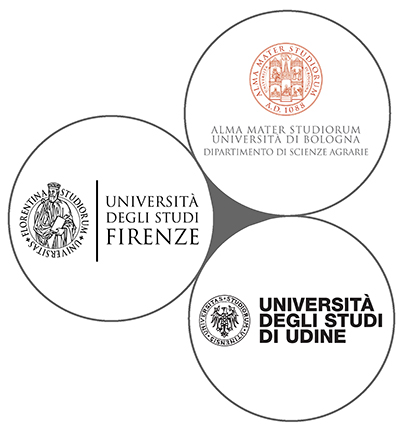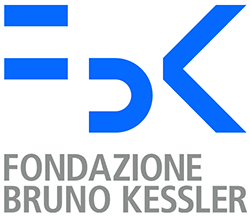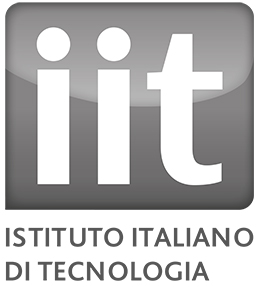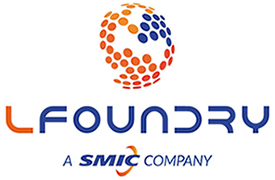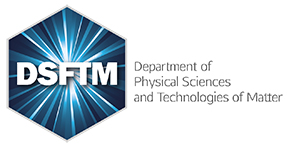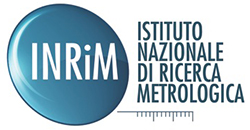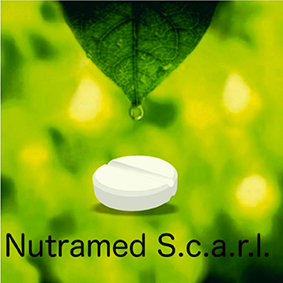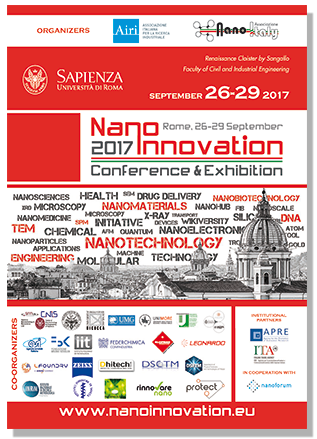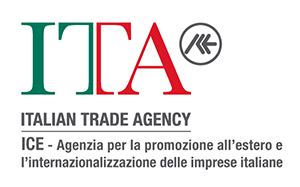 11:00 - 12:30
11:00 - 12:30
Nanotechnology: Changing the Future of Medicine
|
SYNOPSIS
|
| TT.I.E.1 |
Raffaele PUGLIESE
Institute for Stem-cell Biology, Regenerative Medicine and Innovative Therapies (ISBREMIT) - IRCSS Casa Sollievo della Sofferenza, San Giovanni Rotondo (FG)
Cross-linked self-assembling peptide scaffolds: high performance biomimetic nanomaterials for regenerative medicine
|
| TT.I.E.2 |
Stefania MARIANO CV
University of Salento, Lecce
Improving proton therapy by gold nanoparticles: study of internalization and subcellular localization abst
|
| TT.I.E.3 |
Enza TORINO CV
University of Naples “Federico II”, IIT - Center for Advanced Biomaterials for Healthcare, Interdisciplinary Research Center on Biomaterials, Naples
Design of nanoshuttles for theranostics abst |
| TT.I.E.4 |
Carlo MORASSO CV
Laboratory of Nanomedicine and Clinical Biophotonics (LABION) & Fondazione Don Carlo Gnocchi, Milan
SPRi-based multiplex detection of unamplified circulating miRNAs related to multiple sclerosis abst |
Chair: Luciana Dini, University of Salento, Lecce
In collaboration with: Fondazione Don Carlo Gnocchi |
|
SYNOPSIS
One area of nanotechnology application that holds the promise of providing great benefits for society in the future is in the realm of medicine. Often hailed as a revolutionary new technology, nanotechnology has the potential to impact almost every area of society; in this context nanomedicine has become one of the main branches of nanotechnological research. Nanomedicine draws on the natural scale of biological phenomena to produce precise solutions for disease prevention, diagnosis, and treatment. Nanotechnology is already broadening the medical tools, knowledge, and therapies currently available to clinicians.
This session will present new developments and directions of nanomedicine. Nanotechnology is already being used as the basis for new, more effective drug delivery systems and development as scaffolding in tissue regeneration research. In particular, the research in the use of nanotechnology for regenerative medicine spans several application areas, including bone and neural tissue engineering and, novel materials can be engineered to mimic the structure of human tissue or used as a restorative material for dental applications.
The use of silver and gold nanoparticles, combined with radiation and proton therapy, is exploited for the cure of tumor not easily achieved by the conventional therapies.
|
Back to 27 September - Morning
 11:00 - 12:30
11:00 - 12:30

